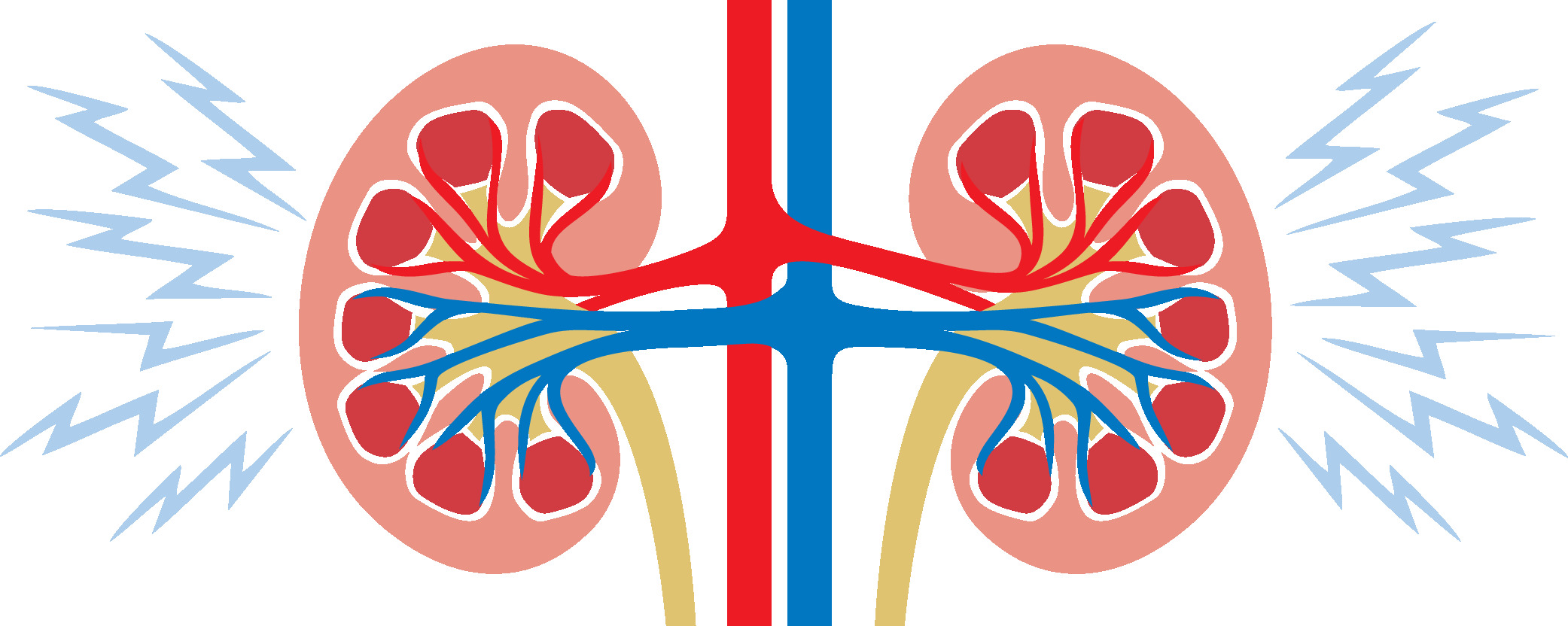Augmented Renal Clearance Predictor
Will your patient show ARC on the next day?
Augmented renal clearance (ARC), referring to enhanced renal elimination, occurs frequently in critically ill patients. ARC is associated with subtherapeutic levels of renally excreted drugs, this can be problematic for drugs which cannot be titrated to their clinical effect. This has mainly been shown for antimicrobials, but this is also relevant for anticoagulants and anti-epileptics. In current literature, ARC is defined by consensus as a creatinine clearance ≥ 130 ml/min/1.73m² (CrCl24h), preferably measured using a timed 24h urine collection. CrCl24h is only available on the next day, which makes it difficult to anticipate ARC on the ICU, especially at ICU admission. Using routinely available patient characteristics, the ARC predictor allows clinicians to identify patients who are likely to show ARC on the next day during ICU stay. ARC prediction might then lead to more adequate dosing by initiating higher doses and/or ordering therapeutic drug monitoring.
Project description
The ARC predictor is based on extensive statistical retrospective analysis of data from a large number of adult ICU patients. The database used to build and internally validate the predictive model was provided by the M@tric research group (www.matric.be), i.e. a multicenter group composed of intensive care medicine researchers at 3 university-affiliated centers (University Hospitals Leuven, Ghent and Antwerp). The external validation was performed in a separate cohort of patients admitted to the ICU of the University Hospitals Leuven. The models were constructed using a backward feature selection logistic regression, with focus on obtaining a model that is simple and thus readily useful in clinical practice. The final model has good discrimination and is well calibrated in the internal and external validation set.
The ARC predictor contains six simple variables that are available for every clinician at any time during ICU stay. Nevertheless, as the ARC predictor has been developed and validated in a set of ICU patients from large academic centers, the performance and validity of the ARC predictor in patients from other centers might be different. The presented ARC predictor is a work in progress, and can be further validated and recalibrated using more multicenter data. The ARC predictor requires prospective external validation.
